In the film processing industry, the slitting machine is a key equipment for cutting large width and large coil diameter master coils into multiple rolls of narrow and small coil diameter finished products. The quality of its operation directly determines the final value of the product. And among all the core technologies of this precision machine, tension control is undoubtedly its soul. It is both a sophisticated science that requires rigorous calculation and response; It is also a delicate art that requires the precipitation of experience and the adjustment of intuition. Mastering its core secret is equivalent to holding the key to the stable operation of the slitting machine.
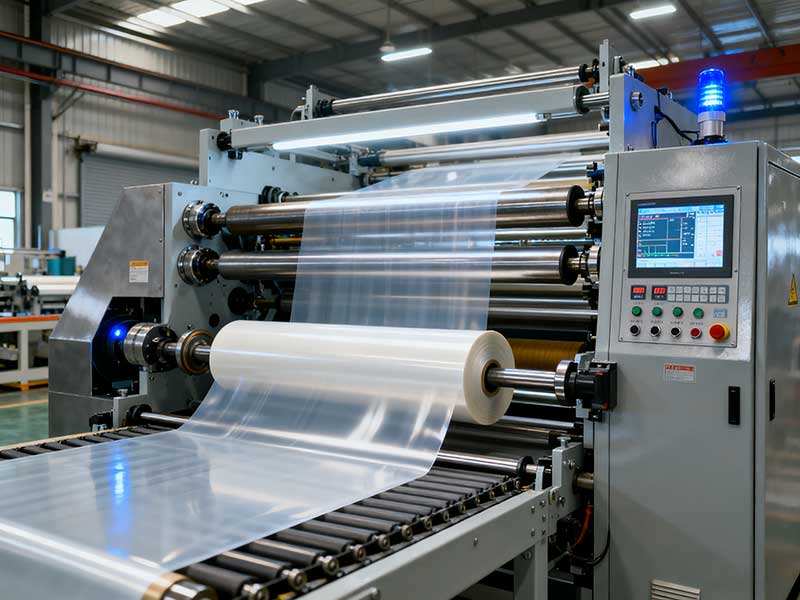
1. Science: The rigid basis of tension control
The "science" of tension control is reflected in its quantifiable, modelable, and automatable properties. It is the physical guarantee for the stable operation of the system.
1. Core principles: Hooke's law and the moment of inertia
Tension is essentially an elastic force. Films follow Hooke's law (F = k·x) when stretched, but their performance is more complex, involving factors such as the elastic modulus, width, and thickness of the material. At the same time, each roller and reel of the slitting machine have a moment of inertia (I). When starting, accelerating, decelerating, and stopping, inertial forces will violently interfere with the tension. The core of scientific control is to overcome these physical interferences through real-time calculation and compensation, so that the tension (F) on the film remains constant at all times.
2. System composition: perception, decision-making, execution
A classic closed-loop tension control system consists of three parts:
• Sensing unit (tension detection): usually a tension sensor (piezomagnetic or strain gauge type) or a floating roller potentiometer. The former directly and accurately measures the actual tension value; The latter indirectly reflects the change of tension by detecting the position of the floating roller, which itself has a certain buffering and damping effect.
• Decision Unit (Control Brain): At its core is a PLC or dedicated tension controller. It receives a feedback signal from the sensing unit, compares it to a preset tension target value, and then calculates the correction amount based on the built-in PID control algorithm (proportional-integral-derivative). The tuning of PID parameters (P, I, D) is the essence of science, requiring a precise match between the properties of materials and the response speed of mechanical systems.
• Actuator (power take-off): usually a frequency converter drives an AC motor, a servo drive drives a servo motor, or a particle/hysteresis brake/clutch. They receive commands from the controller to precisely control the braking torque of the unwinding shaft, the drive torque of the rewinding shaft or the linear speed of the traction roller, allowing for the ultimate adjustment of tension.
3. Control Mode:
• Open-loop torque control: calculates and controls the output torque of the motor (T = F × R) according to the change in the coil diameter. The calculation is simple, but there is no feedback, the anti-interference ability is poor, and the accuracy is low.
• Closed-loop direct tension control: Real-time adjustment using tension sensor feedback directly. The highest control accuracy is standard on high-end slitting machines.
• Closed-loop indirect tension control (floating roller control): Indirectly stabilizes tension by controlling the floating roller position. It is cost-effective and has good stability, and is suitable for most conventional slitting scenarios.
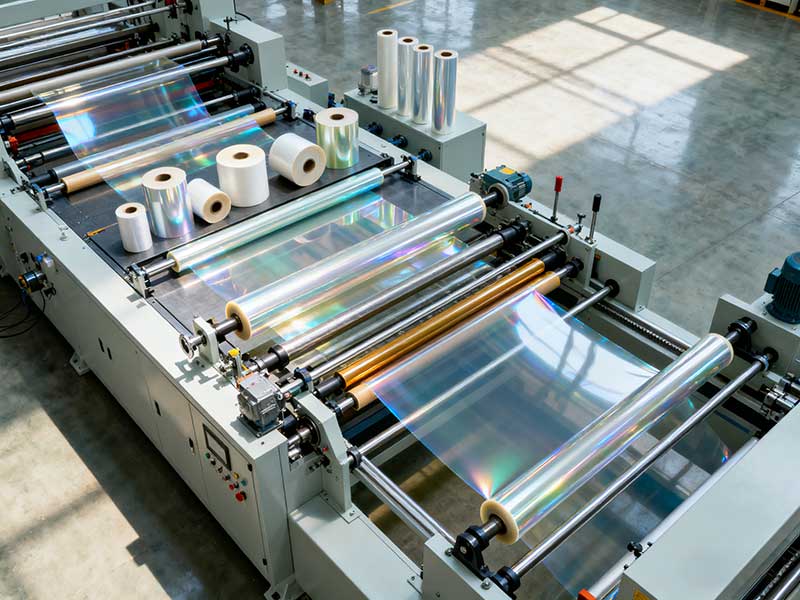
2. Art: The flexible wisdom of tension control
If science is the skeleton, then art is flesh and blood. The "art" of tension control is reflected in the empirical understanding and subtle trade-offs of countless variables.
1. Interpretation of the "character" of the material:
Different film materials have very different "characters". PET (mylar) has high strength and low ductility, requiring more stable and precise tension; PE (polyethylene) and PP (polypropylene) have high ductility, and excessive tension can easily lead to tensile deformation; CPP (cast polypropylene), aluminum foil, etc. are highly wrinkled and require low and extremely uniform tension. Experts can preliminarily judge whether the tension is appropriate based on the "feel" and "sound" of the material, which is the intuition accumulated over a long period of experience.
2. The use of taper tension:
This is the biggest "art" of the winding process. As the winding diameter (R) increases, the pressure on the core increases dramatically if the constant tension (F) is maintained (P = F / (2πR²)), resulting in:
• Tight inside and loose outside: The core is heavily squeezed, forming "chrysanthemum" or "star-shaped" folds.
• Rolling: The edges of the film roll are uneven.
• Unable to unwind: The film roll is as hard as a stone, and even crushes the core.
Taper tension control is the artistic solution to this problem. It allows the winding tension to gradually decrease according to a certain curve (linear, quadratic, etc.) with the increase of the coil diameter. The "art" lies in the choice of taper curves and start/end points:
• Taper rate setting: 10%-50% is the common range. The softer and more prone to deformation (such as PE), the greater the taper rate. The harder the material (e.g. PET), the smaller the taper ratio.
• Experience and experimentation: There is no one-size-fits-all formula. The best taper curve needs to be determined by multiple tests, cutting the film coil to observe the internal interlayer conditions, and pursuing the ideal winding form of "tight on the outside and loose on the inside".
3. Fine Fine Tuning of Dynamic Processes:
• Acceleration compensation: During the start-up and ramp-up phases, system inertia can cause an instantaneous spike in tension. The art is to anticipate this shock and apply reverse compensation in advance (e.g., to give the unwinding motor a brief boost) to smooth the transition.
• Response to the moment of receiving the material: The moment the old and new drums are connected, the tension system will experience a huge disturbance. How to quickly calm the oscillation and restore stability is the test of the controller's algorithm and the operator's prediction ability.
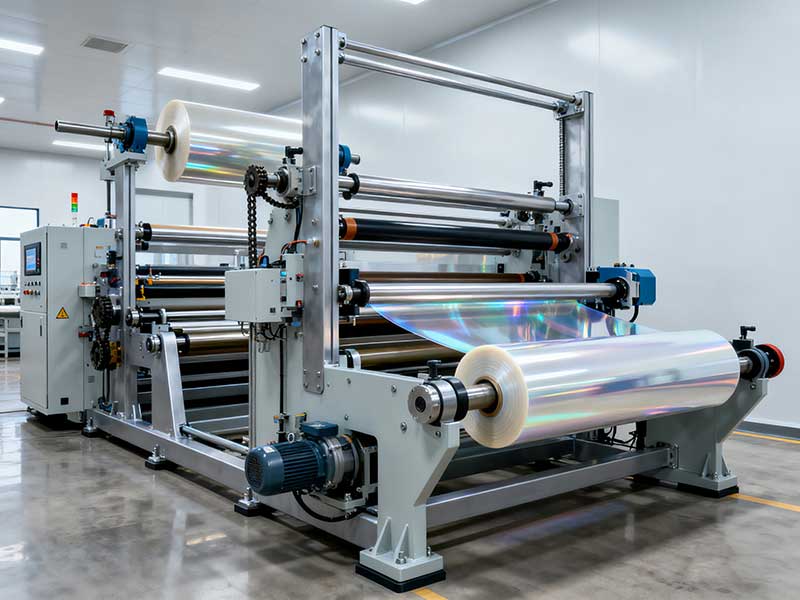
3. The core secret: the integration of science and art
To achieve the ultimate stable operation of the slitting machine, it is necessary to perfectly integrate science and art.
1. Accurate system calibration is a prerequisite: to ensure that the zero point and range of the tension sensor, speed encoder, and floating roller cylinder are absolutely accurate. This is the basis of all scientific calculations.
2. Parameter setting of "rigid and soft":
◦ Scale (P): Determines the response speed of the system. If the P value is too large, it is easy to oscillate (too hard), and if it is too small, the response is slow (too soft).
◦ Integration (I): Eliminates static errors. If the I value is too high, it will cause overshoot oscillation.
◦ Differential (D): Predict the trend and suppress oscillations. But sensitive to noise.
The art lies in finding a set of PID parameters that respond quickly and smoothly suppress perturbations for different materials (e.g., dural vs. flexible). This often requires trial and error and deep experience.
3. Active compensation of the whole coil diameter: The advanced system will calculate the change of the coil diameter in real time, and actively compensate for the impact of the change of the moment of inertia caused by the unwinding/rewinding roller, instead of waiting for the tension to fluctuate before correcting, to achieve the active control of "resisting the enemy outside the country".
4. Good mechanical maintenance is the carrier: No matter how good the control system is, it also needs a solid mechanical foundation. The parallelism and runout of the rollers, the smoothness of the bearings, the backlash of the transmission system, etc., any mechanical problems will directly destroy the stability of the tension.
conclusion
The tension control of the film slitting machine is by no means a simple "tension" or "relaxation". it's a dynamically balanced ecosystem.
• Science provides powerful tools: high-precision sensors, high-speed PLCs, advanced algorithm models, which make up the "brain and nerves" of the system.
• Art gives the soul of the system: it is the engineer's deep understanding of the material properties, the ingenuity of the taper tension curve, and the precise grasp of the PID parameters.
The real core secret lies in the use of artistic thinking and experience to harmonize and optimize based on scientific tools and principles, and finally enable cold steel machinery to gently and firmly control the thin film as thin as cicada wings, and realize the magical transformation from raw materials to high-value finished products. Only by mastering this method can you control the slitting machine, make it smooth, run stably, and produce flawless film rolls.
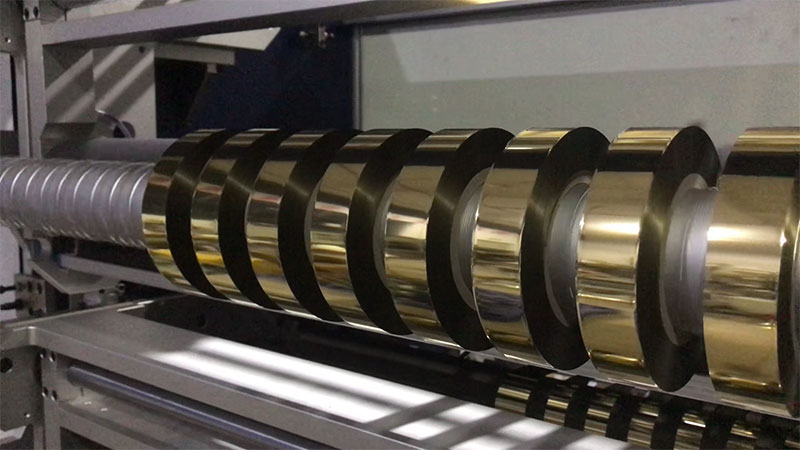 Hot stamping film slitting machine operation guide: from beginner to mastery
Hot stamping film slitting machine operation guide: from beginner to mastery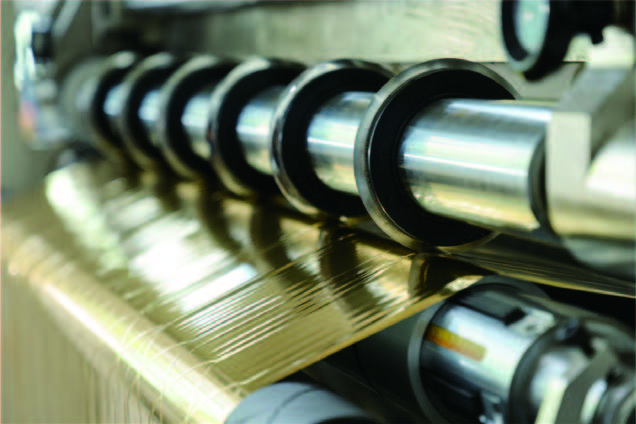 5 issues that must be considered before buying a hot stamping film slitting machine
5 issues that must be considered before buying a hot stamping film slitting machine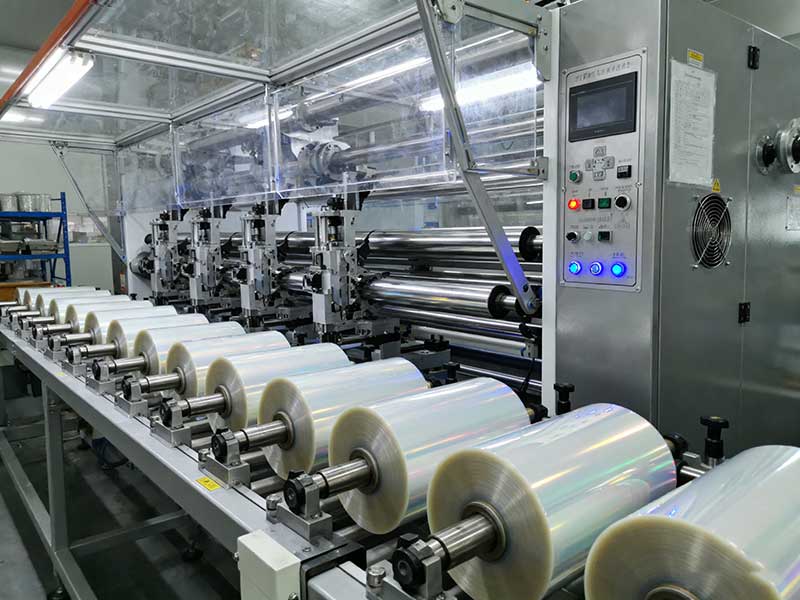 Full analysis of film slitting machine operation: the complete process from start-up to maintenance
Full analysis of film slitting machine operation: the complete process from start-up to maintenance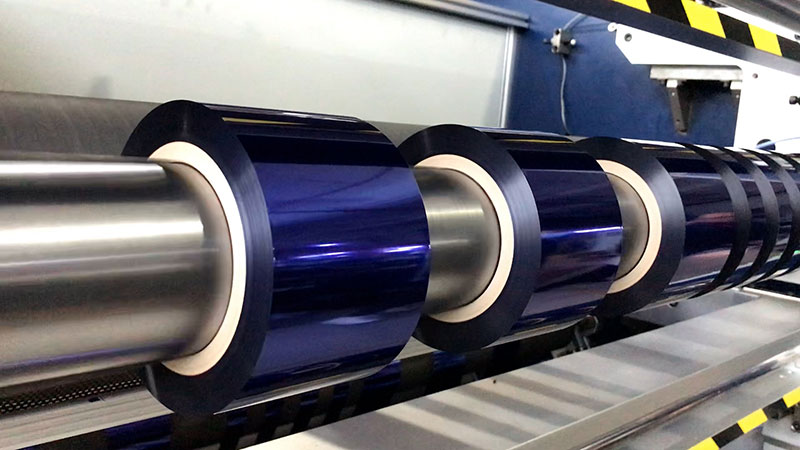 How to choose a hot stamping film slitting machine? Full analysis of key parameters
How to choose a hot stamping film slitting machine? Full analysis of key parameters Innovation in ease of operation: intelligent control design of the new generation of film slitting machines
Innovation in ease of operation: intelligent control design of the new generation of film slitting machines